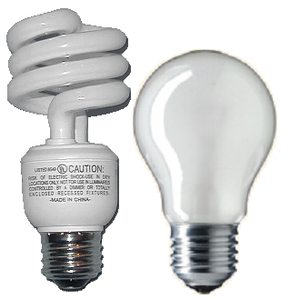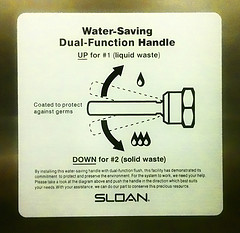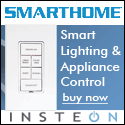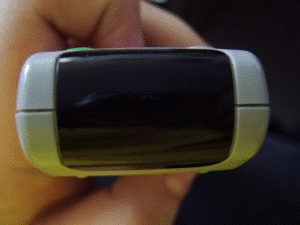
- Image via Wikipedia
Last time, we discussed the simple and easy to implement technologies of Occupancy Sensors and Countdown Timers to control lights. After we posted it, we missed one simple and overlooked item we use. Nightlights.
We’re not talking about lights that are kept on so small children are not afraid of the dark. We use nightlights to avoid tripping over something or falling down the stairs in the middle of the night. The simplest is a dim light embedded in the light switch, so it can be seen in the middle of the night. So, how can we save power by keeping lights on?
It is a matter of tendency. We know many people who leave their hall lights on all night. Nightlights are also the most popular use of the currently most energy efficient bulbs, the LED. They aren’t quite ready for primetime, due to their high cost in these forms, but they have come into their own for functions like undercabinet lighting and nightlights.
The second part of the equation is the light sensor. Like the motion sensor we motioned earlier, the light sensor turns on the light when the room, or the outside is dark. This is often used for outside lighting, and for nightlights, but you can, in theory, hook it up to any light.
By putting these sensors together with the countdown timers and occupancy sensors, you can start planning a setup for your home. Next time, we’ll begin talking about advanced light control systems and home automation. Admittedly, such systems are not cheap. Occupancy sesnsors and such are less expensive, but still require investment for a whole home plan.
Writing this post has inspired us to add more of these simple technologies to our own residence. We have been experimenting with home automation for years, but there are definitely issues, especially the cost. We’ll address this more in the next part of our series.
Related articles by Zemanta
- Turning off Your Lights Part 1 – Occupancy Sensors and Countdown Timers (ecotech.gadgetwisdom.com)
- Motion Sensor Lighting – What’s It All About? (stepbysteptips.com)
- Stairs light up with LEDs automatically (ubergizmo.com)
- Philips GuideLight (ubergizmo.com)














![Reblog this post [with Zemanta]](http://img.zemanta.com/reblog_e.png?x-id=4f6e3724-bf8b-4a3c-9053-f494ab77e02e)


![Reblog this post [with Zemanta]](http://img.zemanta.com/reblog_e.png?x-id=53272885-609e-4b55-8e8b-d3a8279f7f44)



